Can A Side-by-Side Be Street Legal?

One of the most common questions that circulates in the side-by-side community is whether or not these amazing machines are considered street legal. If you have asked this same question yourself, then you are not alone. Apart from being the Swiss Army Knives of the off-road community, modern SxS vehicles feature many of the creature comforts once only reserved for the most modest of on-road commuters.
With many UTVs now shipping from the factory with enclosed cabins, HVAC systems, extended passenger seating, and increased ergonomics, we don’t blame you for entertaining the idea of driving your side-by-side to the drive-thru of your favorite local coffee shop. With all that being said, let’s take a look at what it takes to make that dream a reality.
A Look at Requirements for Street Legality
Now at this point, many of you may be thinking, “Can’t I just slap on a license plate and call it a day?” Unfortunately, it's not quite that simple. The reality is that for most cases, making an SxS street legal takes a bit of work before it’ll meet the requirements of your local governing body. But fear not, as we’ve got you covered on what it takes to get your side-by-side off the dirt trails and onto some asphalt.
For starters, here are some of the general requirements you’ll want to address:
- DOT-approved tires: Your off-road knobbies probably won't cut it on the street.
- Adequate lighting: We're talking headlights, taillights, brake lights, and turn signals.
- Mirrors: Because knowing what's behind you is kind of important.
- Windshield and wipers: Bugs in your teeth aren't a great look.
- Horn: For those times when a friendly wave just isn't enough.
- Seatbelts: This one really goes without saying.
- Speedometer: So you can keep an eye on your speed (and avoid those pesky tickets).
Depending on how strict the local laws are in your area, you might also need to consider some of the following:
- A license plate bracket (front & band) and license plate light
- Muffler to keep noise levels down
- Emissions equipment (sorry, but Mother Nature has a say in this too)
Now while this list may seem pretty exhaustive, the good news is that most newer side-by-sides come equipped with many of these basic requirements, and if not, then chances are the manufacturer offers many of the outstanding items in their OEM product catalog. So getting compliant might just be as simple as telling your local dealer what you need and letting them handle the rest.
Understanding Your State and Local Laws
While this article isn’t intended to be the ultimate say in what every state in the U.S. does or does not require, our goal is to give you a big picture idea of what states do and do not allow for side-by-sides to be registered and driven off-road.
On a positive note, some states in the U.S. are very friendly and offer easy paths to making your off-road warrior a pavement princess. These states include:
- Alabama
- Alaska
- Arizona
- Arkansas
- Colorado
- Delaware
- Florida
- Georgia
- Hawaii
- Idaho
- Illinois
- Indiana
- Iowa
- Kansas
- Kentucky
- Louisiana
- Maine
- Michigan (with costly modifications)
- Minnesota (local jurisdiction-dependent)
- Mississippi (for agricultural use)
- Missouri (local jurisdiction-dependent)
- Montana
- Nebraska
- Nevada
- New Mexico
- North Dakota
- Ohio (local jurisdiction-dependent)
- Oklahoma
- Oregon
- South Carolina (local jurisdiction-dependent)
- South Dakota
- Tennessee
- Texas (limited exceptions)
- Utah
- Washington (specific roads)
- Wyoming
Other states, however (looking at you, California), tend to make things a bit harder for SxS enthusiasts, offering little support in the street legalization process. We don’t mean to name and shame here at StarknightMT, but if you live in one of these states, then chances are on-road legalization will be difficult to obtain at a minimum.
- California
- Connecticut
- Maryland
- Massachusetts
- New Hampshire
- New Jersey
- New York
- Pennsylvania
- Rhode Island
- Vermont
- Virginia
- West Virginia
- Wisconsin
While this list is meant to give you a broad idea of where each respective state in the U.S lands in terms of SxS on-road use, it is in no way intended to be comprehensive. It goes without saying that we are not lawyers, and for the best results, you’ll want to contact your local department of transportation to get the official word on what is and is not allowed.
Modifications to Make a SxS Street Legal
The biggest amount of work in making a Side-by-Side street legal is most likely going to be in the sourcing of all the necessary parts. For those of us more mechanically inclined, this is where we channel our inner wrench monkey and make some serious upgrades to our machine to make it road legal.
We would be remiss if we didn’t let you know that many of the aftermarket parts and accessories necessary to make a side-by-side street legal can be found right here at StarknightMT. We’ve got an extensive selection of SXS & UTV accessories that cover everything we’ve discussed to get DOT compliant and more. From lighting kits to license plate brackets, we’ve got you covered.
Conclusion
So, can a side-by-side be street legal? The answer is... it depends on where you live. We know this is not the clear-cut answer you were hoping for, but it is certainly possible in many parts of the United States. Much of it comes down to whether or not you live in one of the states that has laws that allow for the modification of a side-by-side to be street legal. If you are lucky enough to live in one of those states, then it just requires performing the necessary modifications to become compliant.
Is going through a street-legal conversion process worth it? Well, that's a decision only you can make. If you live in an area where the laws allow for it and you find that you yourself frequently travel short distances on public roads to reach trails or work sites, then it can most certainly be worth the investment. On the other hand, if you're mostly using your UTV off-road, the hassle and expense might not be justified.
Whatever you decide, we urge you to always prioritize safety. A street-legal UTV can be a blast to drive, but it's not worth risking fines or accidents. Do your homework, make the necessary modifications, and enjoy the ride!
Frequently Asked Questions
Q1: What’s the cost of making an SXS or UTV street legal?
A1: The cost will vary fairly widely depending on what level of modifications are required to be compliant with the laws in your local area. Generally speaking, you can expect to budget anywhere from $1,500 to $5,000 or more. This should cover the cost of not only the parts necessary but also any labor and registration paperwork needed to demonstrate compliance.
Q2: Are all side-by-sides able to be street legal?
A2: Technically, yes, but you’ll most likely find that some models are much easier to convert than others. This is especially so when it comes to newer models, as many of them will have the added bells and whistles that help you get road compliant, such as windshields and lights.
Q3: Can I still use my street-legal UTV off-road?
A3: Absolutely! For the most part, making your UTV street legal doesn't change its off-road capabilities. But do keep in mind that some modifications (like DOT-approved tires) might affect its performance on rough terrain. In this case, we recommend keeping an extra set of tires on hand—one for street use and one for off-road adventures.
Q4: Would I need a special driver’s license to drive a street-legal UTV?
A4: For most cases, a standard driver's license should be more than sufficient. However, some states may require a motorcycle license or even a special off-highway vehicle endorsement. We suggest researching the laws in your area for the most accurate information.

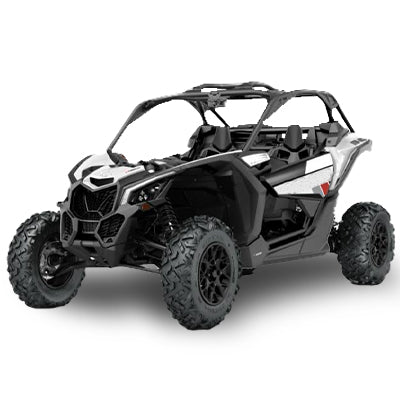
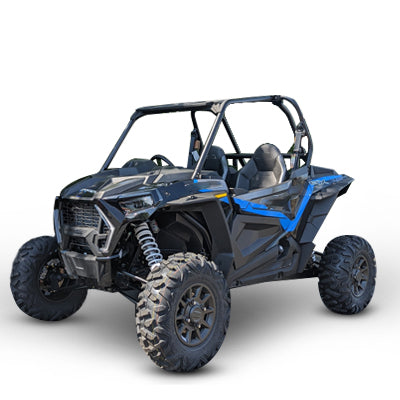
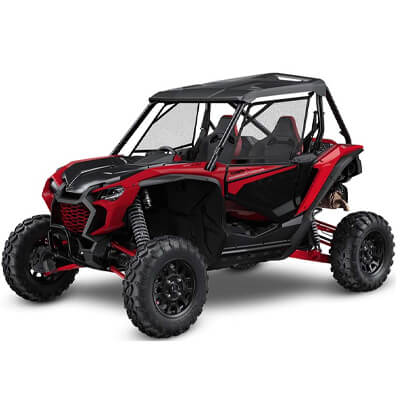
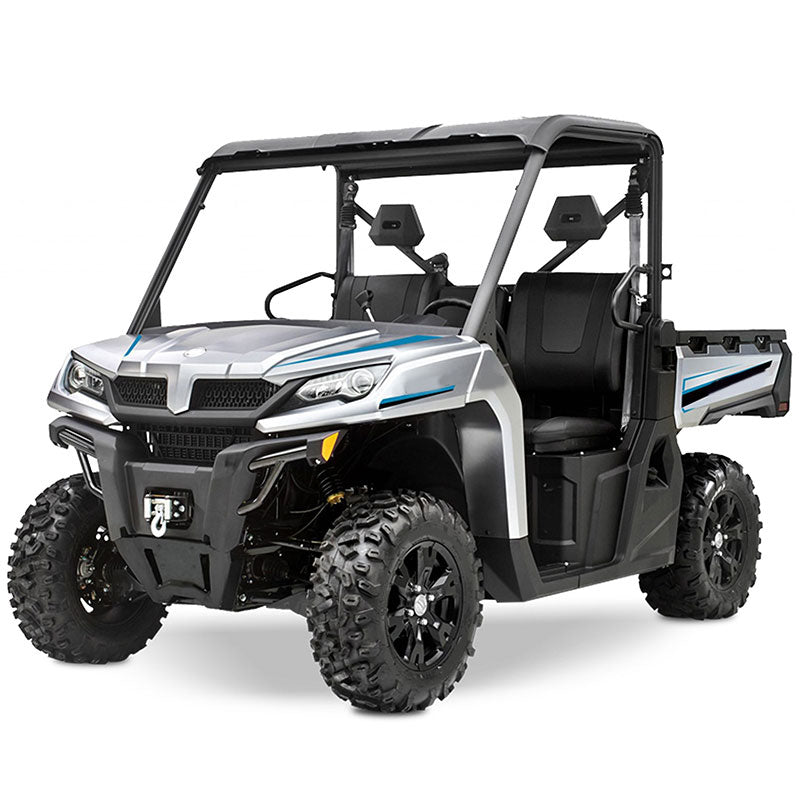
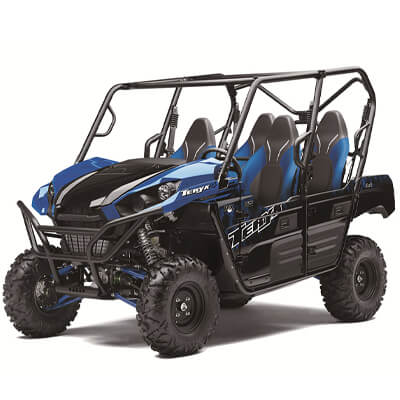
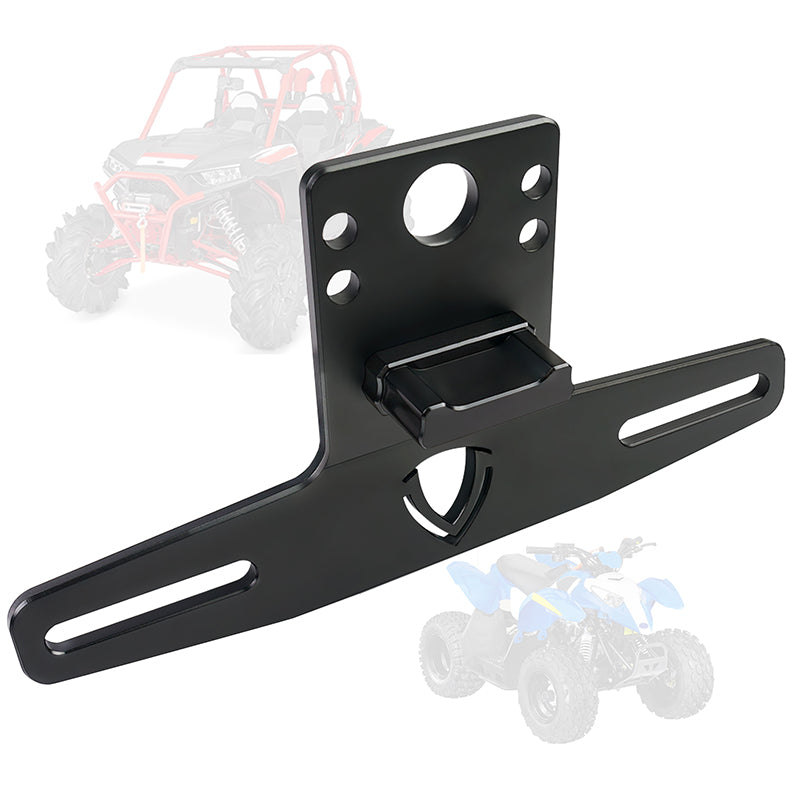




Leave a comment